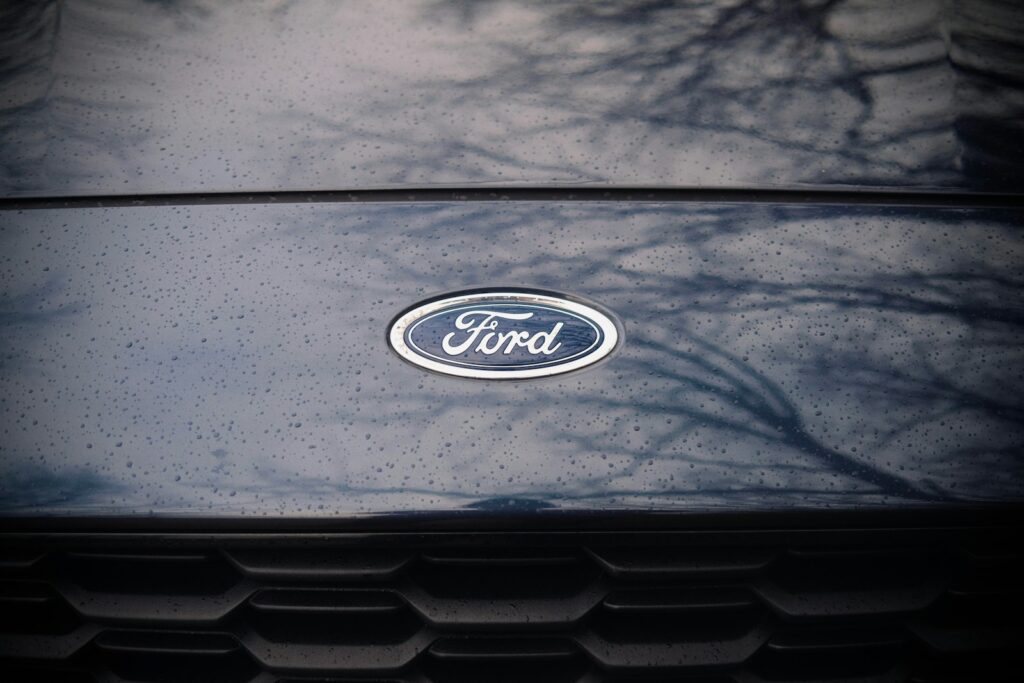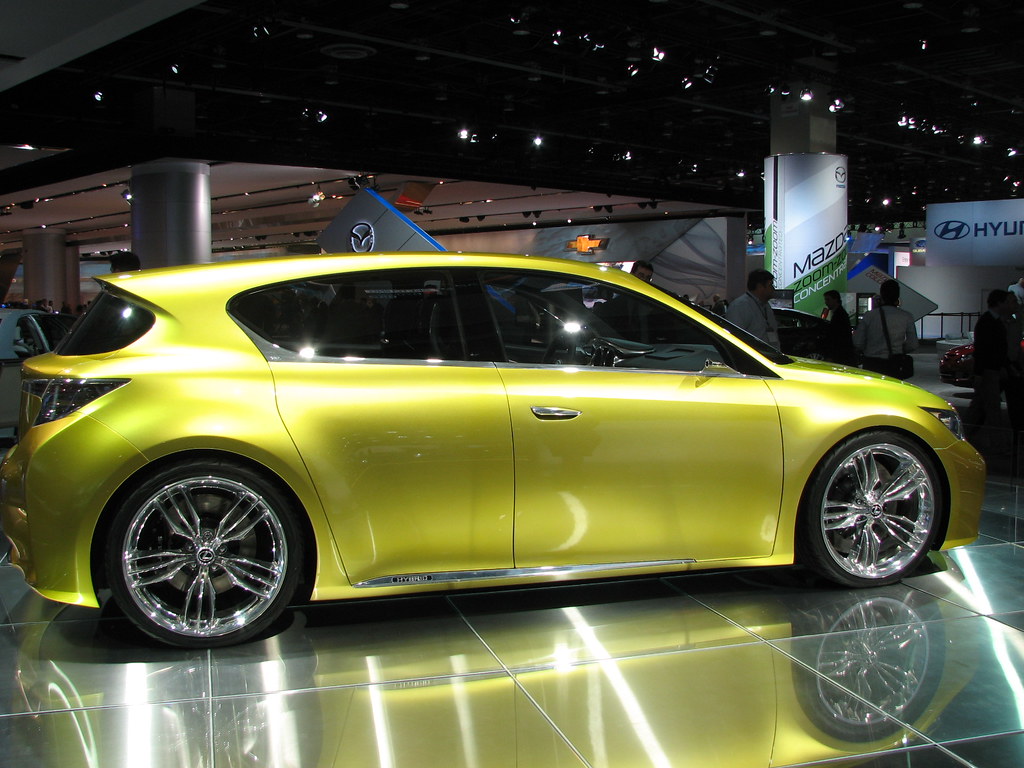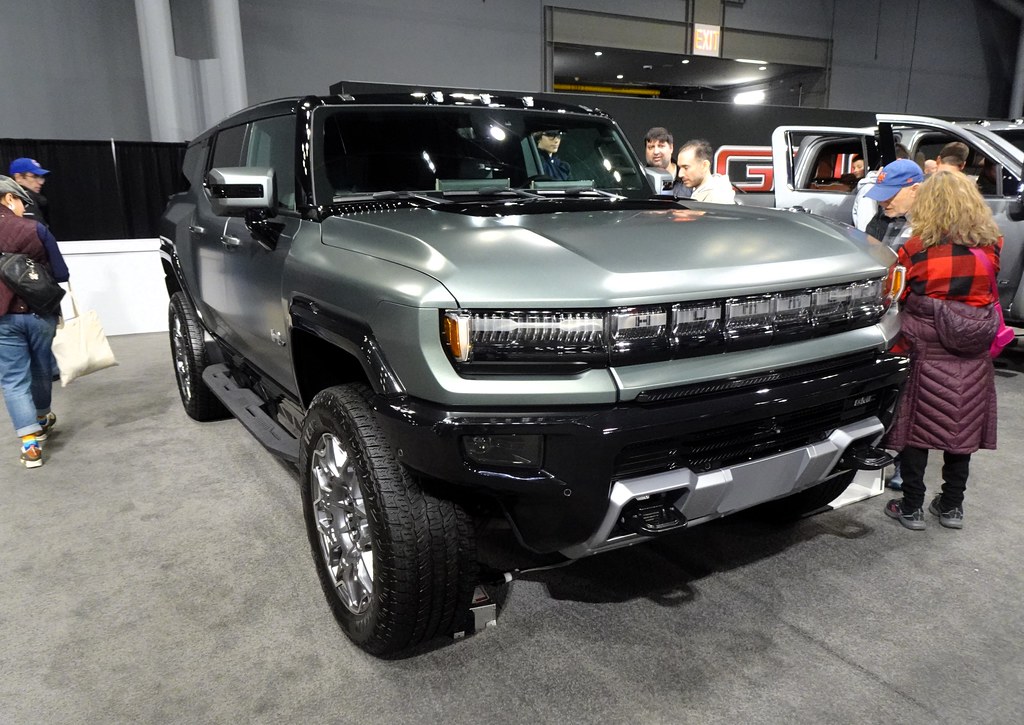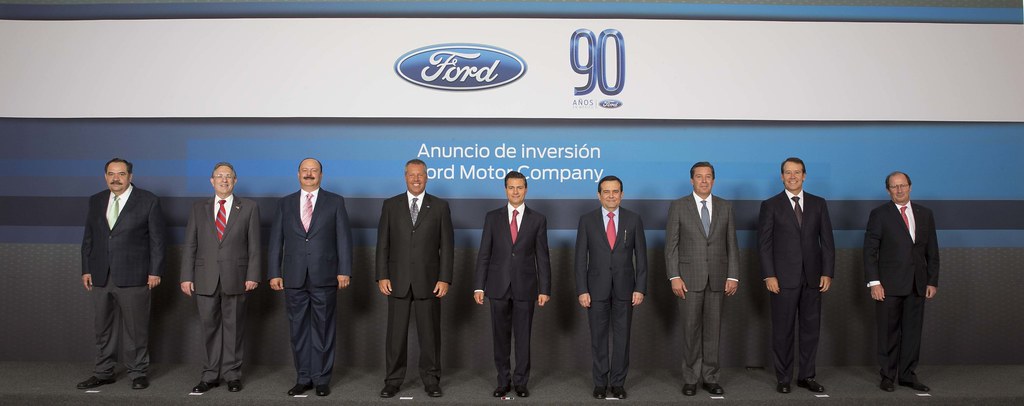
Ford Motor Company has announced a pivotal shift in its electric vehicle strategy, unveiling plans to roll out a new family of affordable EVs starting in 2027. This ambitious initiative is spearheaded by a midsize pickup truck, which is projected to have a target starting price of approximately $30,000. The company’s strategic pivot directly addresses the escalating global competition in the electric vehicle market, particularly the cost efficiencies demonstrated by Chinese manufacturers.
This move signifies a significant recalibration for Ford, positioning affordability as a cornerstone of its future EV lineup. The new midsize four-door pickup is slated for assembly at the automaker’s Louisville, Kentucky, plant. Ford has committed a substantial investment of nearly $2 billion into this facility, which currently produces the Escape and Lincoln Corsair, thereby ensuring the retention of at least 2,200 jobs.
The imperative for this strategic shift stems from a rapidly evolving global EV landscape. Chinese carmakers, notably BYD, have achieved remarkable cost efficiencies by streamlining their supply chains and optimizing production systems, enabling them to produce electric vehicles at a fraction of the cost typically incurred by Western automakers. While these cost-effective models have yet to widely penetrate the U.S. market, Ford CEO Jim Farley has acknowledged their disruptive potential, stating they “set a new standard that companies like Ford must match.”
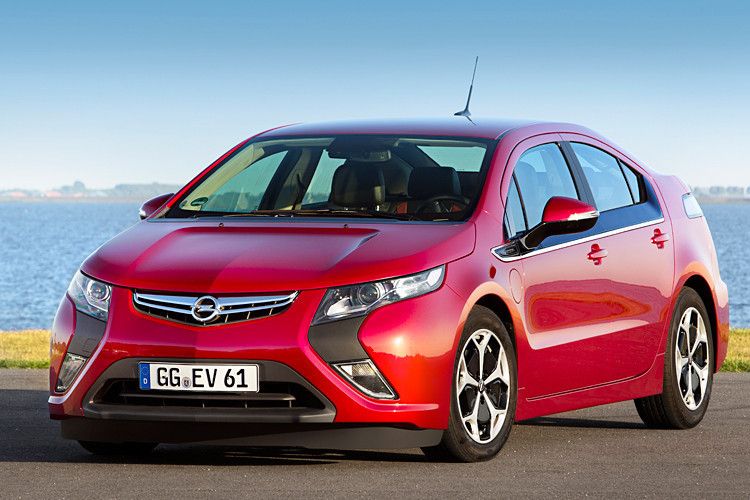
The current U.S. EV market presents a distinct challenge, with J.D. Power data indicating that electric vehicles sold for an average of about $47,000 in June. This contrasts sharply with many Chinese models, which retail in the $10,000 to $25,000 range. Auto executives consistently cite affordability as a top concern among prospective EV buyers, underscoring the urgency for manufacturers to offer more accessible price points.
Ford’s commitment to an affordable EV family, beginning with the $30,000 pickup, positions it against a backdrop of intensified competition. Other players in the market are also pursuing lower-cost models. EV startup Slate, backed by Amazon CEO Jeff Bezos, targets a starting price in the mid-$20,000s for its electric pickup. Tesla has indicated plans for a cheaper model, with production expected to ramp up later this year, while Rivian and Lucid are also exploring lower-priced additions to their lineups, albeit in the $40,000s to $50,000s.
Driving this aggressive cost-cutting strategy is Ford’s specialized “skunkworks” team. This California-based group operates with considerable autonomy from the broader Ford enterprise, a separation so pronounced that Jim Farley recounted a period when “even his badge could not get him into its building for some time.” Comprising talent drawn from EV pioneers like Tesla and Rivian, including former Tesla executive Alan Clarke, who leads the group, this team has been tasked with developing these affordable EVs with a radical focus on efficiency.
Ford’s journey into widespread EV adoption has not been without its setbacks. Since articulating ambitious EV plans earlier this decade, the company has faced significant financial losses, prompting a reassessment of its initial goals. The automaker scaled back several EV targets, including the cancellation of an electric three-row SUV and the shelving of a program aimed at developing a more advanced electrical architecture for future models.

The financial implications have been substantial; Ford estimated losses of up to $5.5 billion on its EV and software division earlier this year, accumulating nearly $10 billion in combined losses from those operations between 2023 and 2024. These figures underscore the critical importance of Farley’s objective to make this new family of EVs profitable within a year of their launch.
The current U.S. market for Ford’s existing EV lineup reflects these challenges. The company presently sells three electric models in the U.S.: the Mustang Mach-E SUV, the E-Transit van, and the F-150 Lightning pickup. Sales of these vehicles declined by 12% in the first half of the year compared to the prior-year period. Concurrently, interest in hybrid vehicles has surged, with Ford reporting a 27% increase in sales over the same period. This market shift led Ford to push back production of its next-generation F-150 Lightning and E-Transit to 2028.
Furthermore, market demand for EVs is anticipated to face additional headwinds. The elimination of a $7,500 consumer tax credit, alongside loosening regulations on emissions and reduced funding for charging infrastructure, is expected to further dampen consumer appetite. These factors accentuate the necessity for automakers to strategically define their product niches, as articulated by Farley.
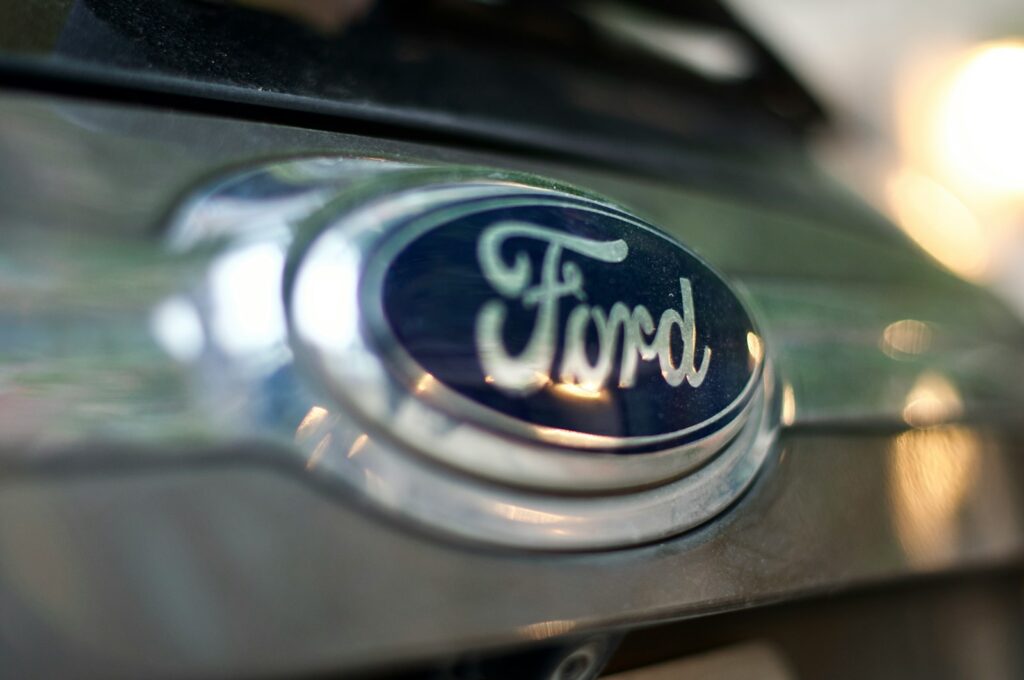
Farley indicated a clear market segmentation for Ford, stating on an earnings call that “The pure EV market in the U.S. seems to us very clear: small vehicles used for commuting and around town.” This contrasts with crosstown rival General Motors, which has pursued a strategy of electrifying its entire lineup, from the large Hummer to the compact Equinox SUV, by investing upfront in a ground-up platform for its EV models.
Ford, conversely, initially reconfigured many of its popular gasoline-powered vehicles with batteries to expedite market entry. This approach, while bringing products to market sooner, delayed the development and launch of a unified EV platform. Details of this new, unified platform were officially unveiled recently, representing a culmination of learnings from Ford’s two years of direct exposure to EV demand fluctuations.
A cornerstone of Ford’s cost-reduction strategy for the forthcoming EV family is the adoption of lithium-iron-phosphate (LFP) batteries. These batteries offer distinct advantages, including lower cost, reduced space requirements, lighter weight, and enhanced durability. Furthermore, LFP batteries do not require cobalt and nickel, two minerals often sourced from regions with questionable labor and environmental practices.
Ford plans to assemble these LFP batteries domestically at its BlueOval Battery Park in Marshall, Michigan, leveraging technology licensed from Chinese EV-battery maker CATL. This local production is expected to be instrumental in driving down the sticker price of Ford’s new electric vehicles. While LFP batteries have traditionally faced concerns regarding cold-weather performance and higher fire risk compared to nickel cobalt manganese (NMC) batteries, manufacturers like Ford claim to have addressed these issues through design innovations such as battery warmers.
Beyond the battery technology, Ford is introducing a revolutionary manufacturing process termed the “assembly tree.” This innovative system radically alters traditional automotive assembly. Instead of a single assembly line where parts are progressively added as the vehicle moves along, the assembly tree divides the vehicle into three distinct sub-assembly lines that operate in parallel. This parallel processing culminates in the attachment of the vehicle’s front and back sections to a core structure formed by the LFP battery assembly.
This redesigned manufacturing process is projected to yield substantial efficiencies. Ford anticipates that the platform will reduce parts by 20% compared to a typical vehicle, utilize 25% fewer fasteners, require 40% fewer workstations dock-to-dock in the plant, and achieve a 15% faster assembly time. The core LFP battery assembly, doubling as a structural component, is designed to be a non-issue for replacement due to LFP’s longer lifespan, estimated by experts like Scott Moura, an environmental engineering professor at the University of California at Berkeley, to offer two to three times the 1,000 charge cycles of NMC batteries, translating to approximately 200,000 miles.
Ford’s new Universal EV Platform embodies a software-first approach, reminiscent of Tesla’s early strategies. It incorporates a zonal architecture that dramatically reduces wiring complexity. For instance, the wiring harness in the new midsize truck will be 4,000 feet shorter and 10 kilograms lighter than that in the Mustang Mach-E. Kevin Young, Ford’s advanced manufacturing program chief, emphasized the significance of this change, stating, “Wiring is the nemesis. If you don’t change that input, then nothing else is ever going to change.” This simplification aims for improved packaging, reduced weight, and the adoption of a simpler yet more capable architecture reliant on fewer, more powerful electronic control units (ECUs), addressing a challenge legacy automakers have historically faced.
From a performance perspective, Ford promises that the new midsize electric pickup will offer compelling capabilities. It is designed to be quick, with a targeted 0 to 60 mph time as fast as the Mustang EcoBoost, which completes the sprint in around five seconds, along with enhanced downforce. The LFP batteries, lying flat under the floor, are expected to improve handling, contribute to a quiet ride, and provide a “surprising amount of interior space,” including more passenger room than the latest Toyota RAV4, in addition to a frunk and a truck bed.
Ford CEO Jim Farley articulated the company’s vision during an event in Kentucky, stating, “We took a radical approach to a very hard challenge: Create affordable electric vehicles that delight customers in every way that matters – design, innovation, flexibility, space, driving pleasure, and cost of ownership.” He underscored Ford’s determination to avoid past pitfalls, affirming, “Nobody wants to see another good college try by a Detroit automaker to make an affordable vehicle that ends up with idled plants, layoffs, and uncertainty.”
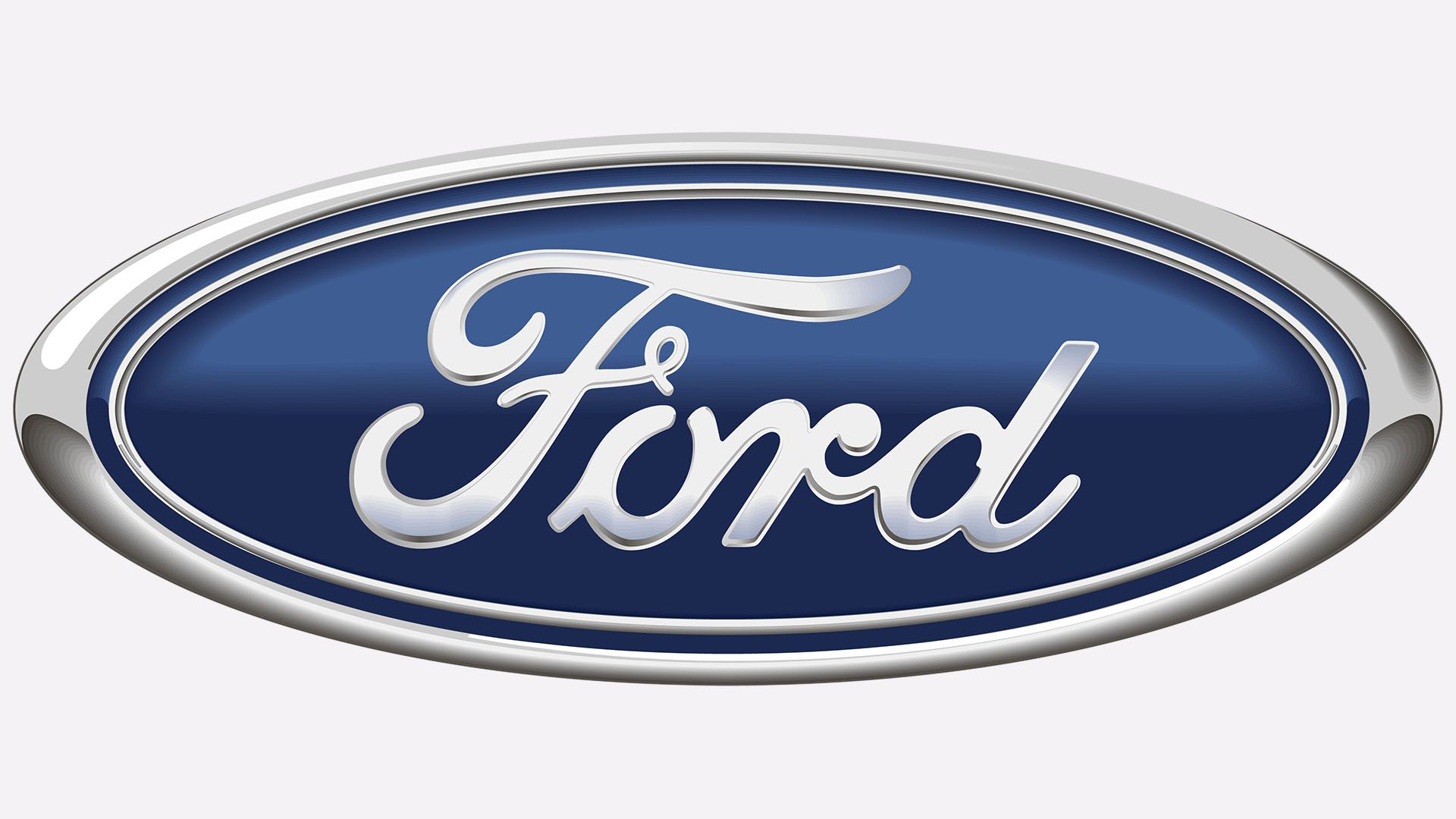
This new platform, alongside the innovative production system, is designed to enable a lower cost of ownership over five years compared to a three-year-old used Tesla Model Y. While the initial target price of $30,000 is ambitious, especially given Ford’s past experience with adjusting the F-150 Lightning’s MSRP, the company’s significant investment, including approximately $5 billion across the Louisville Assembly Complex and the BlueOval Battery Park, underscores its commitment to achieving this objective.
Ford’s strategy to “pick their lanes” in the EV market appears to be a calculated response to a complex environment marked by fluctuating demand, competitive pressures, and evolving regulatory landscapes. While acknowledging the inherent risks, Farley’s direct engagement with the Chinese EV industry, including personally driving a Xiaomi SU7 sedan, highlights the depth of Ford’s competitive intelligence and determination to match global benchmarks. The success of this “bet” hinges on Ford’s ability to execute its radical new manufacturing and battery strategies, potentially redefining the accessibility of electric vehicles in the U.S. market. The automotive industry now watches intently to see if Ford’s “Model T moment” in the EV era will indeed unfold as planned in 2027.

